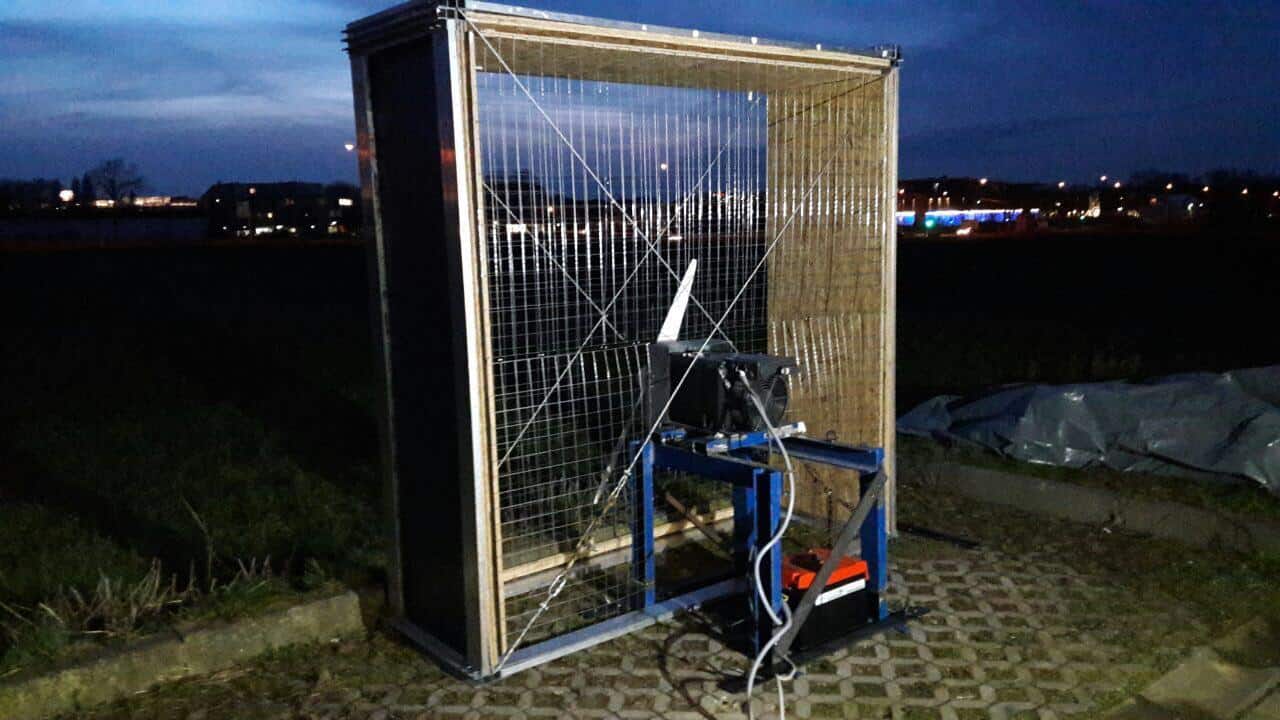Published: 28.05.2017 by Martin Valley
It was a long wait untill this moment. After several evolutionary steps the propeller of FVA 29 finally found his final form and is ready to proof that he keeps the promises it has made. After manufacturing the propeller the licensing process follows in order to get an approval of the whole project. This includes a test bed run at nominal speed for 50 hours total. (The first article regarding the test bed and its construction can be found here)
Meanwhile the test bed is completely installed and the tests have begun, only the permanent operation is stopped by the surprisingly stable good and most importantly warm weather, causing the engine of the test bed to overheat and making it necessary to let it cool down from time to time. To monitor the engine a special resistance measurement was installed, showing the temperature state of the engine after a calibration. Because of this it is inevitable that a test bed operator has to monitor the test bed constantly to be able to shut it down in case of an unexpected accident and take regular cooling breaks. Because of the steady heat and constant sonication only the toughest and most persistent FVA’ler qualify for this job (and I’m not writing this, because I’m currently sitting at 30°C in the shade in our kitchen, my black chair is trying to be a seat heating and I have to wear ear protection for hours!)
During the next days we will push on the test bed operation and hopefully get to a successful end.

View from the test bed control room in the kitchen onto the rotating propeller
